Metal Detection on Beaches Guide
Simple guide for metal detection on beaches
There is a unique beauty and serenity of beaches unmatched by other landscapes. Anyone who has seen the sunrise outside the ocean can attest to this. With the sunrise, many people want to enjoy the beach in their own way: sunbathers, surfers, people who build sandcastles. But what about people who want another option? This is where another classic pastime comes in: metal detection on the beaches.
Metal detection is a great way to enjoy the natural beauty of the beach while isolating yourself from the crowds. Even better, the crowded beaches are some of the best fishing spots!
Why a metal detector on the beach?
There is a metal detector for every type of fishing imaginable. Many modern metal detector models come with an LCD screen, are water-resistant, and have a lot of unique features. You can start finding treasure on the beach today for less than $300.
There are many benefits to a beach metal detector. The term Beach combing was used and is an activity that involves searching for treasure on the beach whether or not you have a metal detector. People have long been combing the beaches for shells, sea glass, and washed treasure.
The best place is the East and West Coast where most American Scouts spend their time. There are plenty of island beaches for fishing in Hawaii and other islands as well. The European beaches where World War II battles were fought are another favorite hunting ground for scouts. The best finds on these cosmopolitan beaches are boardwalks, seawalls, boardwalks, and hospitality stalls. Using maps and directories from the library will allow treasure hunters to find deserted or lesser known swimming destinations which can open up new and exciting opportunities for treasure hunting.
Gridding is a time-tested strategy that always results in goals popping up, no matter where you look. Dividing the search area of a grid helps you to be methodical while keeping the search process simple and straightforward.
Choose an area full of hard sand parallel to the ocean. Complete a full swing of your detector for each step you take. When you reach the end of the grid, take a step or two to the side you haven’t been looking for yet. Repeat the process, making sure you’re swinging enough that it overlaps the area you just looked at. Repeat this process until you have searched the entire grid.
Best Spots For Beach Metal Detecting
There are several places you should search when metal detecting on the beach:
The Towel Line
The Towel line is where people set up camp for the day. It’s where they lay their towels out, set up their sun shades and spend the most of their time on the beach. This is a great spot to find lost coins and items because the towel line is the most populated area on the beach.
Coins and other valuables are often dropped or lost in this area and it will show great results when detecting. Be prepared to dig a fair bit of trash like pull tabs, beer lids, foil wrappers etc to get to the good stuff. While this may seem a bit off putting, it is a great way to learn how your detector differentiates good targets from bad and soon enough you will know what you should dig or leave behind.
Areas of high activity
When beach metal detecting look for areas where people access or exit the beach, as lots of great finds can be discovered on or around these spots. People often stop here to adjust their belongings or to scope out a place to spend the day.
If you are lucky to have shady spots on your beach then definitely detect there. People who are sun smart will flock to these spots and there is a good chance they might have lost some coins or other valuables. Places like under trees and lifeguard towers or other man made structures are a great place to look.
Below the jetty is another place that will get very busy on a hot day so be sure to check there when you’re out beach metal detecting.
Look for areas where people play beach sports like cricket, soccer or volleyball. As they are running, jumping and diving for a ball, loose change can easily fall from their pockets and get lost in the sand.
The Shell Line
This is where shells, small rocks and seaweed get deposited as the water recedes. Lighter objects such as small coins and earrings can also be deposited on these lines as the tide goes out.
Low Tide Line
The low tide line is good for finding targets because this is where most people have been playing and swimming during high tide. As the water recedes it exposes the sand where your potential treasure is buried, giving a great chance of finding lost jewellery, coins and other valuables.
When detecting the low tide line, look for troughs or trenches in the sand. These act as traps for potential targets. Also look for where shells and rocks are pulled together as there is a good chance that a target or two has been pulled in with them.
While the low tide line is a great spot to find targets, keen in mind you will need a detector that can handle wet sand and salt water. This is because wet sand’s mineralisation is a lot higher than dry sand and it can give off false signals or make a non suitable detector quite chatty, which isn’t much fun.
When to go beach metal detecting
When detecting the dry sand such as towel lines and high activity spots there are two really good times to detect.
If you are an early riser then get to the beach first thing in the morning before it gets too busy and detect where people would have been the day before.
If you prefer to start your day later then get there at the end of the beach day when people are leaving and the beach is less populated. That way you will be one of the first to detect right after the crowds are gone and you won’t be detecting around people.
Beach metal detecting the low tide will depend on your local tidal patterns so it is always good to check the internet for low tide times in your area. Once you know this, try and get there 30 minutes before low tide so you can set up and be fully ready for some beach metal detecting.
After storms is another excellent time to detect the beach, because storms will churn up and move sand around which can bring targets up from the deep into shallower parts of the beach.
Detect after a king tide as this can yield similar results as detecting after a storm. As the sand is moved around, it can often bring up long lost targets.
The Gridding Technique
This is a technique used by beach detectorists the world over. It is a tried and proven method that will mean you don’t leave any gaps in coverage, ensuring you will yield more targets and not leave any treasure behind.
To do it properly, walk in a straight line in one direction. At the end of your section, turn around, move just under a full swing right or left, and walk back in the opposite direction. Make sure to overlap your swing with the last run to ensure you don’t have any gaps which may lead to missing a great find.
Once you have covered your section in both directions, go over it again at a perpendicular angle (90 degrees) to make sure you haven’t left anything behind. Once you have completed a section, move on to another part of the beach to grid another section.
To ensure you are detecting in a nice straight line, if your detecting scoop has a long handle then drag it behind you so you can see where you have been. If you are using a hand scoop, you can tie a cord around your waist and pull a heavy object like a large fishing sinker so you can see the trail of where you have been.
Dry Sand vs Wet Sand
When metal detecting on a beach it is important to know that a detector will react differently to dry sand compared to wet sand.
Dry sand detecting is a lot of fun and can be done with pretty much any metal detector. Dry sand areas often mean there is a large amount of traffic so be prepared to dig your fair share of trash to get to the good targets.
Digging trash isn’t as bad as it sounds as it helps to really get to know your detector, target IDs and the sounds it makes on different targets.
Using a metal detector that has discrimination or notching modes can help you dig less trash by “discriminating” out unwanted targets. This basically entails you telling the detector what type of metal you want to ignore.
Using discrimination takes practice and if you are not careful you run the risk of ignoring a good target if it is made from a similar metal as the unwanted target. Because of this we recommend digging every signal until you really have a good feel for your detector.
Wet sand detecting can be more of a challenge but can yield excellent results and much less trash. Wet sand can be difficult for most detectors due to salt and minerals, which can cause either false signals or a very chatty detector, neither of which are fun.
So it’s good to note that not all detectors can handle wet sand and salt water. When choosing a detector for wet sand you need to choose either a continuous multi frequency detector or a detector that you can ground balance to salt water and have adjustable sensitivity to help cut out unwanted chatter and false signals.

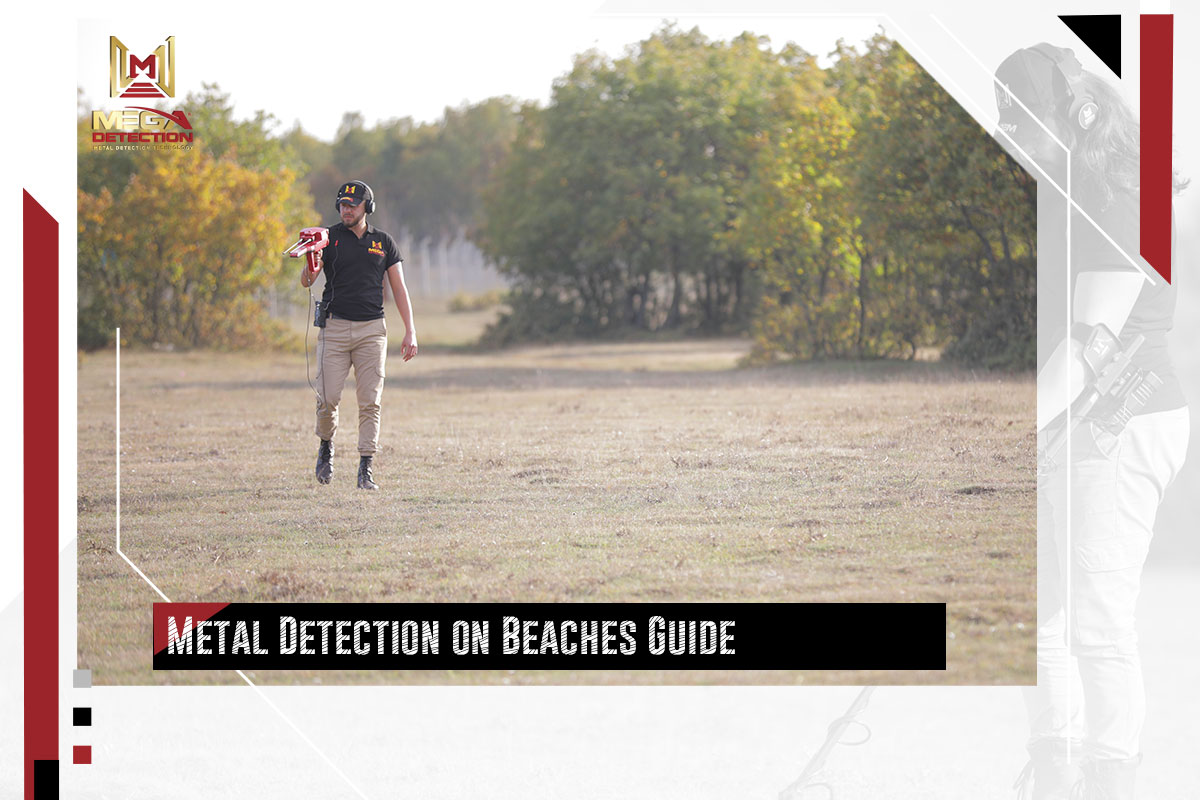




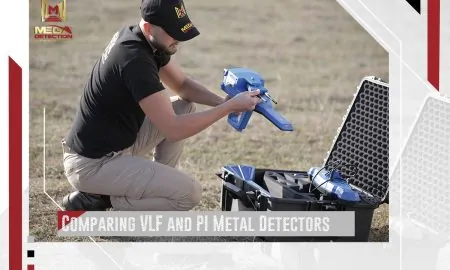
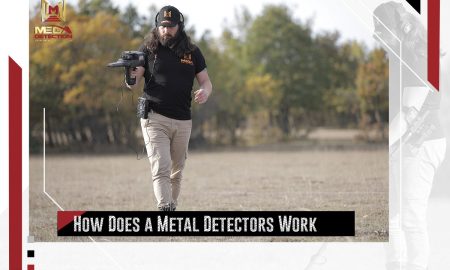
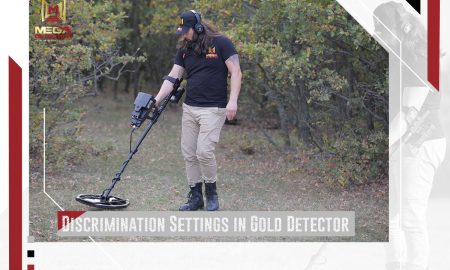
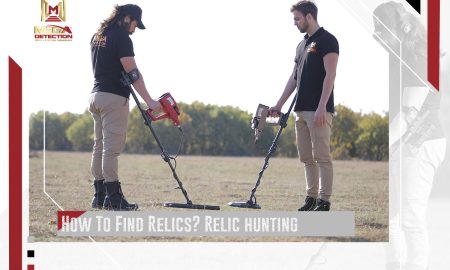

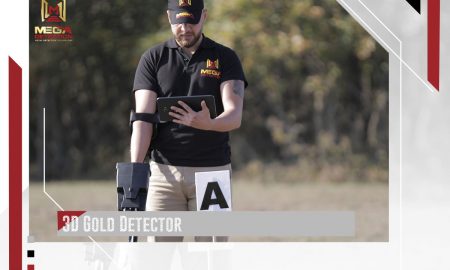
Leave a Reply